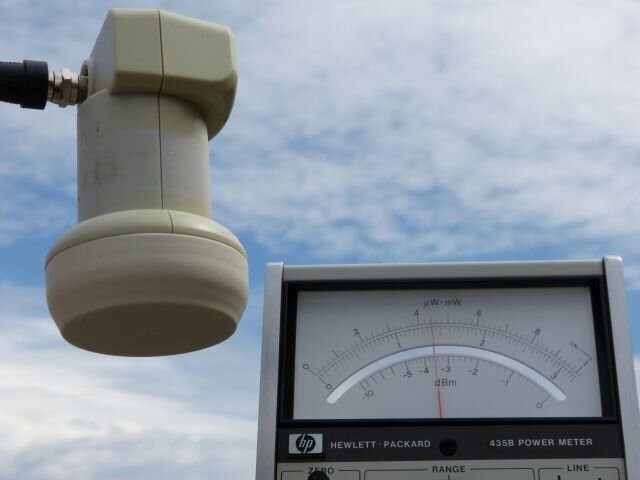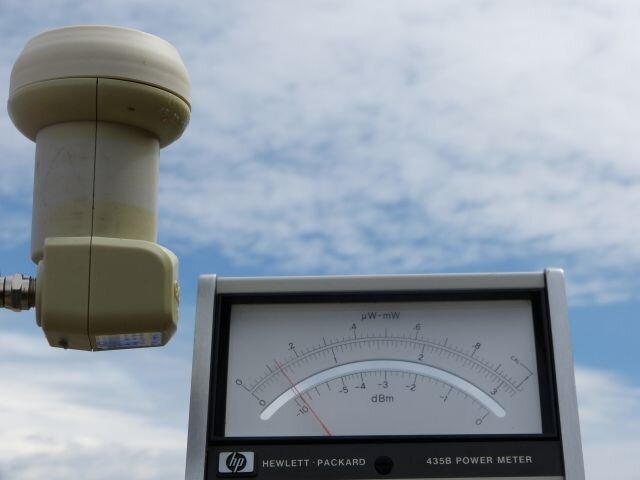Popular view is, that reception through offset dishes has some advantage over prime focus dishes, because LNBF used in offset dish "sees" cold sky around the dish. LNBF in prime focus dish "sees" warm Earth, and it causes receiving more thermal noise, thus worsening Signal-to-Noise ratio, and Quality.
I tried to verify this popular view, by introducing source of heat between the dish and LNBF.
Assumed, that the higher the temperature of heat source, the more thermal noise would be, and Q would drop significantly.
As a heat source, BBQ heater was used, its power around 600 W, and temperature reached above 500 degree Celsius (many times more than "warm" Earth... ).
Introducing any small metal object between dish and LNBF will cause drop of Quality, in the range of 1 to 3 points.
However, heating up the coil to almost cherry red, did not cause the Q to drop more than these 1-3 points.
Seems, that LNBF is not sensitive to infrared and red radiation (its wavelength in the range of fractions of millimetres), whereas it is most sensitive to waves 20-30 mm long (Ku frequencies).
Therefore, "warm" Earth must emit electromagnetic radiation also in Ku range.
What do you, more experienced members, think?
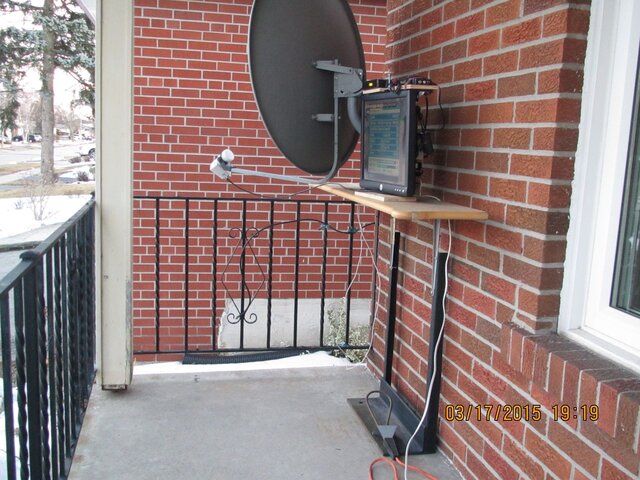

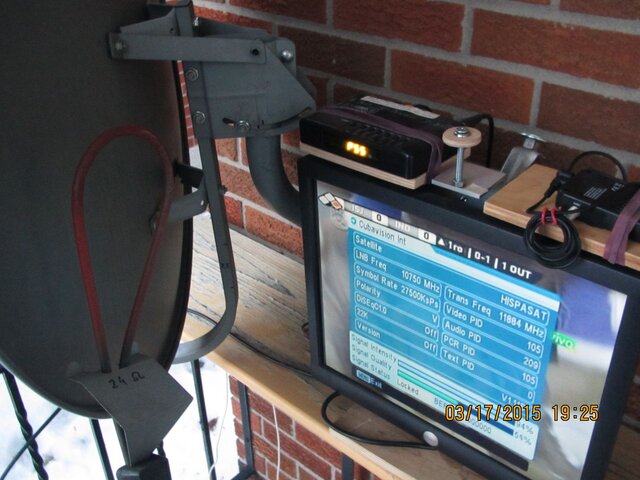
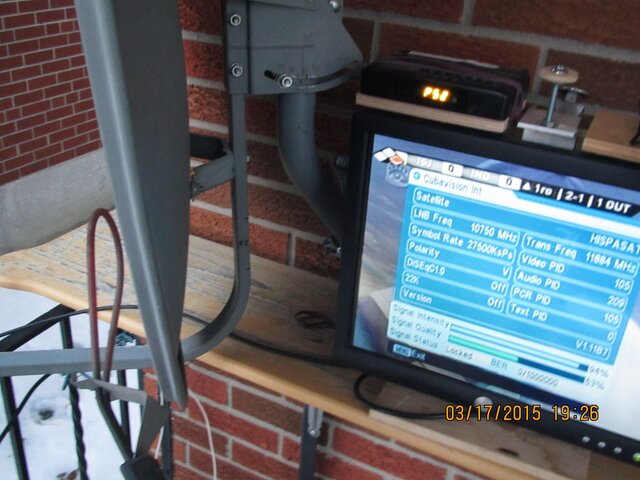
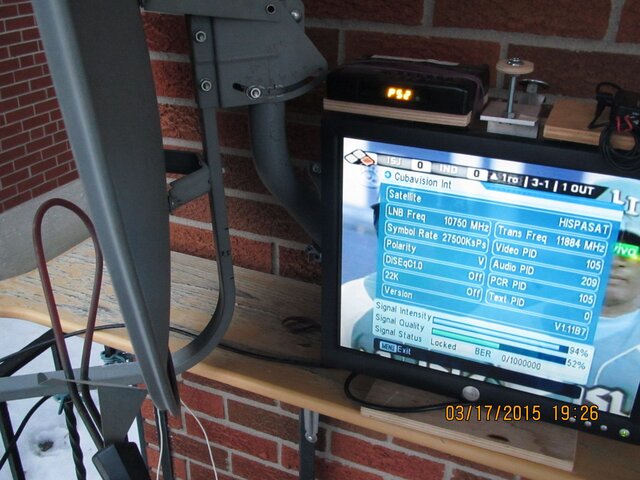
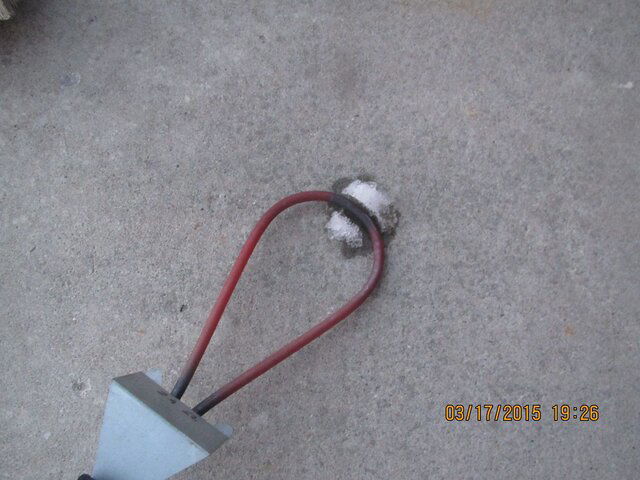
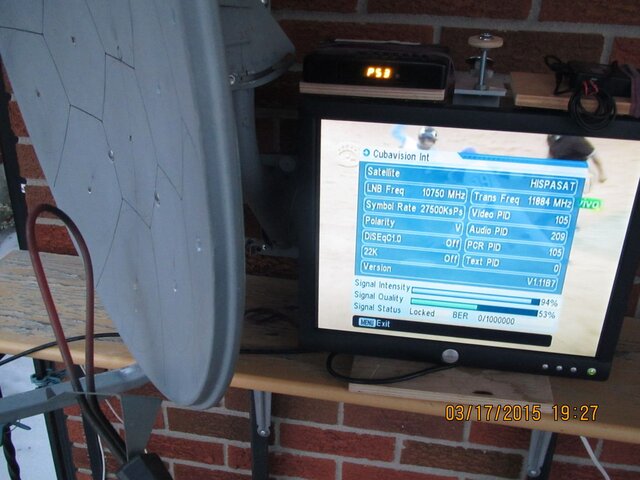
I tried to verify this popular view, by introducing source of heat between the dish and LNBF.
Assumed, that the higher the temperature of heat source, the more thermal noise would be, and Q would drop significantly.
As a heat source, BBQ heater was used, its power around 600 W, and temperature reached above 500 degree Celsius (many times more than "warm" Earth... ).
Introducing any small metal object between dish and LNBF will cause drop of Quality, in the range of 1 to 3 points.
However, heating up the coil to almost cherry red, did not cause the Q to drop more than these 1-3 points.
Seems, that LNBF is not sensitive to infrared and red radiation (its wavelength in the range of fractions of millimetres), whereas it is most sensitive to waves 20-30 mm long (Ku frequencies).
Therefore, "warm" Earth must emit electromagnetic radiation also in Ku range.
What do you, more experienced members, think?









